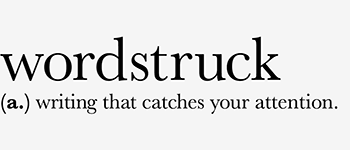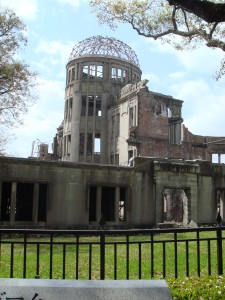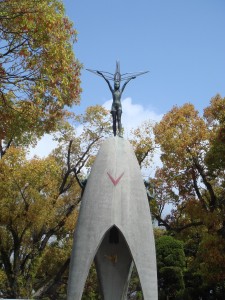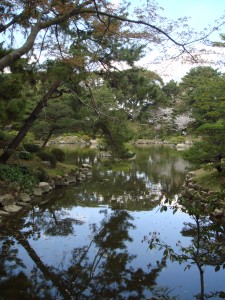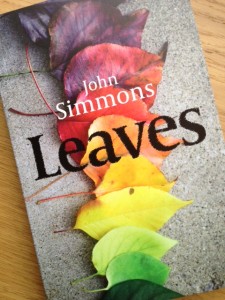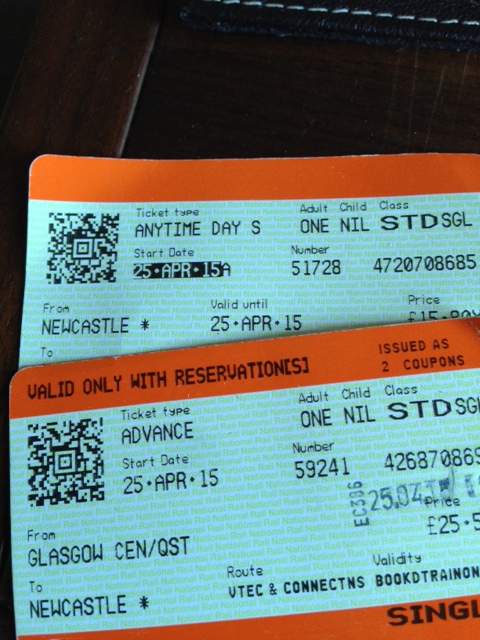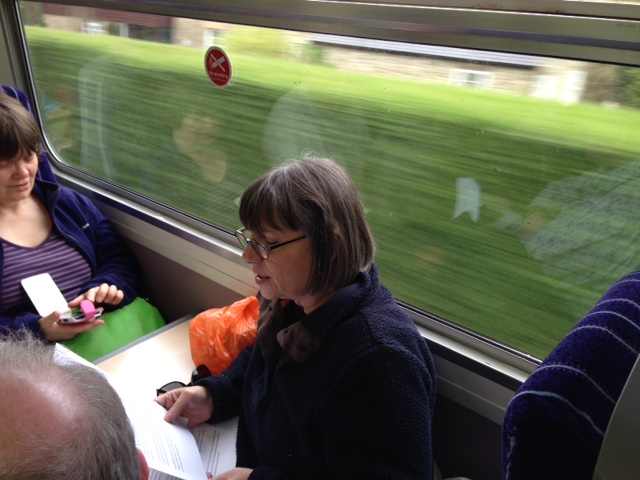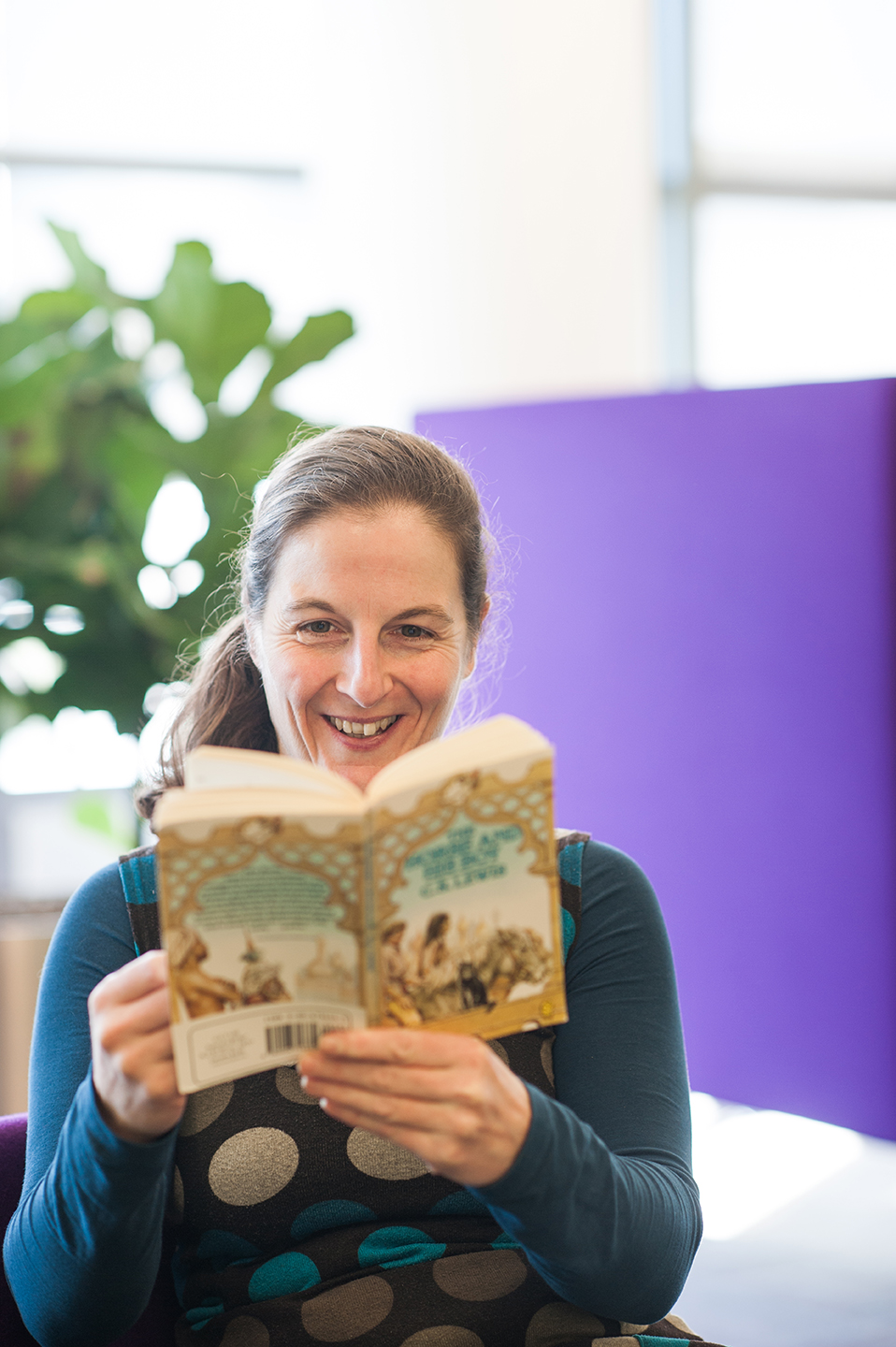As I mentioned last week, I’m very proud to have a piece of my creative writing featured as part of the 26 Children’s Winters exhibition at Edinburgh’s Museum of Childhood. Today’s the day it appears in the online advent calendar.

Open up door number 6 and you can read my sestude inspired by a nativity scene. A sestude is simply a piece of writing, poetry or prose that’s 62 words exactly. It’s a condensed form, but I really enjoy the challenge of putting thoughts and themes into such a short piece. Making every word count makes each one the richer.
I was also asked to write the story behind the piece, how I was inspired by the object and what directions my thoughts took as I was writing. Even here I was restricted to just 100 words.
But constraints offer a freedom. Often with writing, the possibilities can become overwhelming. Prose or poem? Reality or fantasy? Voiced by a character or first person? Historical or contemporary? What kind of genre? Science fiction, murder mystery, fairy tale, gothic horror… The choices are endless, and that in itself can become a barrier to writing anything at all.
So constraints become a way in, offering a framework to start the writing process. The constraint may be to write about an object, as I did in my winter sestude, or to adopt a point of view. A constraint can be a word count, or a format, or starting with a specific letter of the alphabet. The key is to give the writer a starting point.
In my professional life, the constraints are to write for a specific audience, usually with a clear brief to share information or encourage them to consider a particular product or service. But even there I’ll have fun, trying out different forms of language.
If I’m looking for a headline I might try a heap of alliteration, putting word after word that starts with same letter together to find a pleasing combination.
Or if I think something is dull and cliched, something I’ve heard before, I might try writing it in the form of a poem, or a haiku.
The daft and demented drafts and the potty, pretentious poems will rarely bear any resemblance to the final polished piece, but they will contribute a thought, a phrase, a connection that leads me there.
My 26 Winters piece began when I overheard part of a conversation when I was visiting the exhibition. That put the thought in my head that it should be a dialogue. A real challenge for me, as it’s something I don’t write very often. But the constraint of 62 words gave me the confidence to try it.
The dialogue form gave me characters – who was talking and what is their relationship? What are they doing here, looking at a nativity scene? Suddenly there’s a whole back story and just 62 words to give a sense of it.
My piece changed as I was writing. The characters began as a mother and unspecified child. But as I settled on a title, and thoughts of special occasions and limited time, they became a father and son. A couple of nudges and suggestions from my editor, Neil Baker, helped make this clearer.
I loved having an editor on this project. It’s a privilege to have constructive feedback from someone I trust and admire.
I don’t want to explain exactly what I was thinking when I wrote, or what it means to me. A published piece of writing always has an audience, and I believe you, the unseen readers, contribute just as much to the creative process as the writer.
You bring your thoughts, experiences, memories and imaginations to the words I chose, and you may read them very differently. But I hope you will read them and consider them my small Christmas gift to you.
The 26 Children’s Winters calendar will display a new object and sestude every day until 26 December (that’s at least one day more than you get from your typical advent calendar. With the exhibition and online calendar, all 26 writers and the museum are helping to support It’s Good 2 Give, a charity that supports young people and their families affected by cancer.
